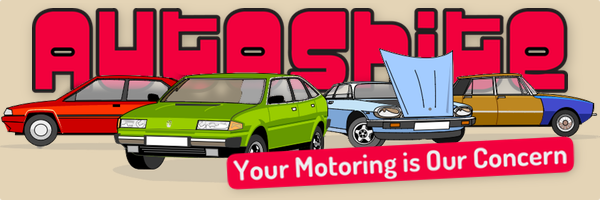Probably not worth reading this - as you were...
-
Similar Content
-
If you were a car, the car that is like you
By Dyslexic Viking,
- 23 replies
- 1,449 views
-
- 164 replies
- 11,429 views
-
How much of a car dork were you as a kid? 1 2 3
By GeordieInExile,
- 68 replies
- 4,607 views
-
Happy 18th Birthday Claim_Jr. Here's some scans of the copy of Auto Trader I was reading in the delivery room as you were being born
By warren t claim,
- 26 replies
- 1,358 views
-
Cars you didn't like when they were new, but kind of like now... 1 2 3
By FakeConcern,
- 63 replies
- 3,724 views
-







Recommended Posts
Create an account or sign in to comment
You need to be a member in order to leave a comment
Create an account
Sign up for a new account in our community. It's easy!
Register a new accountSign in
Already have an account? Sign in here.
Sign In Now